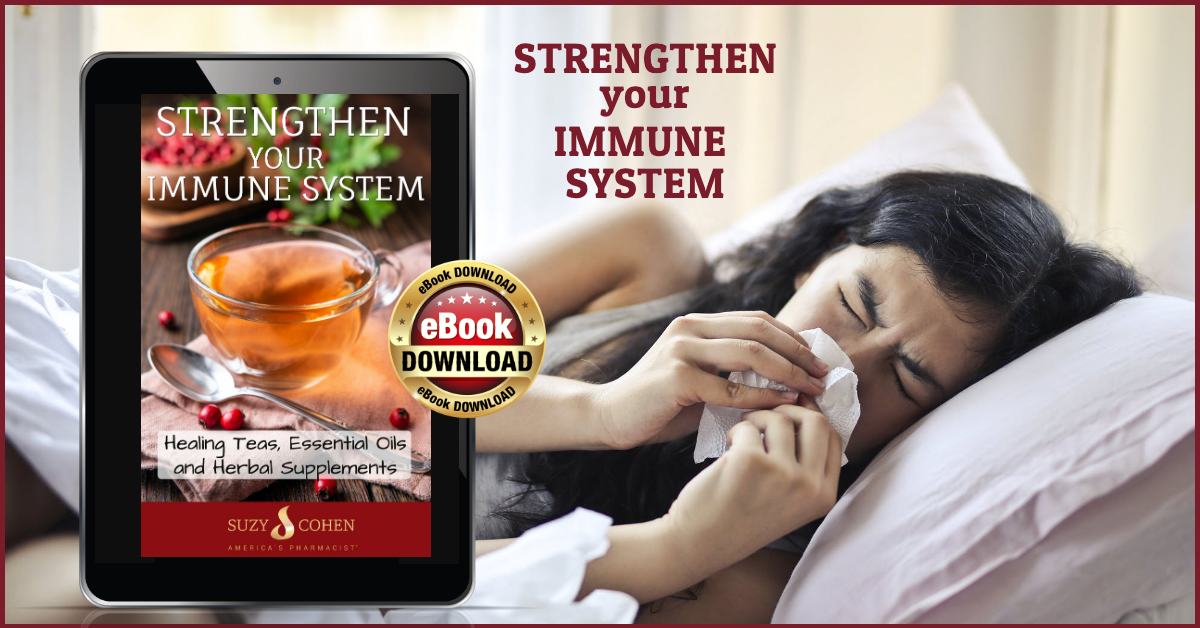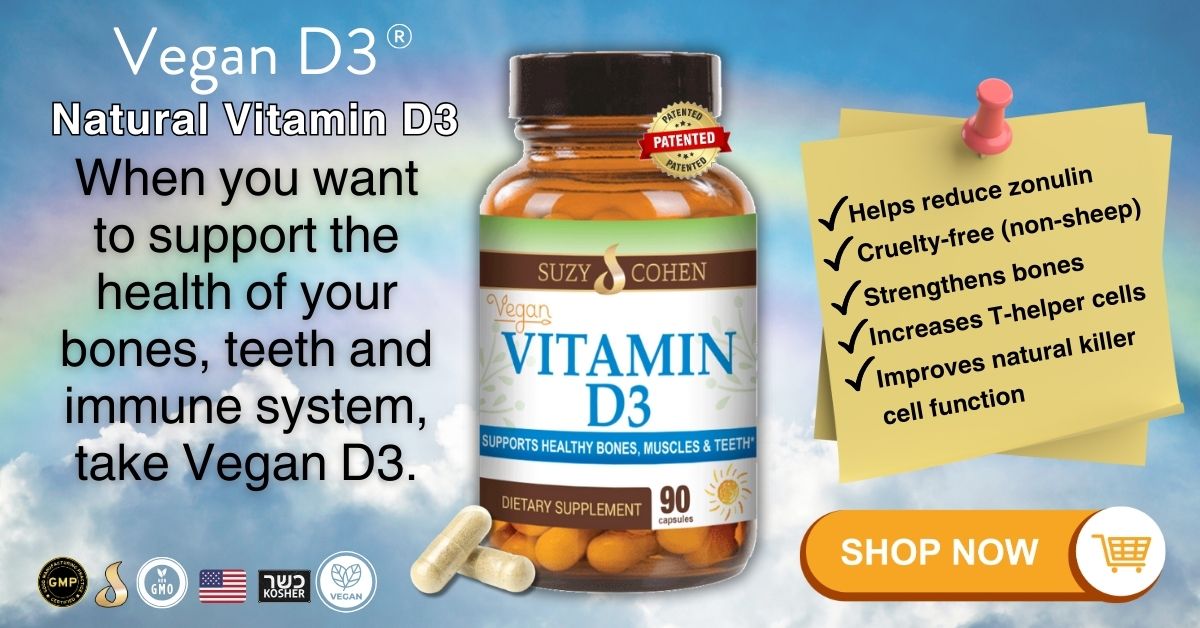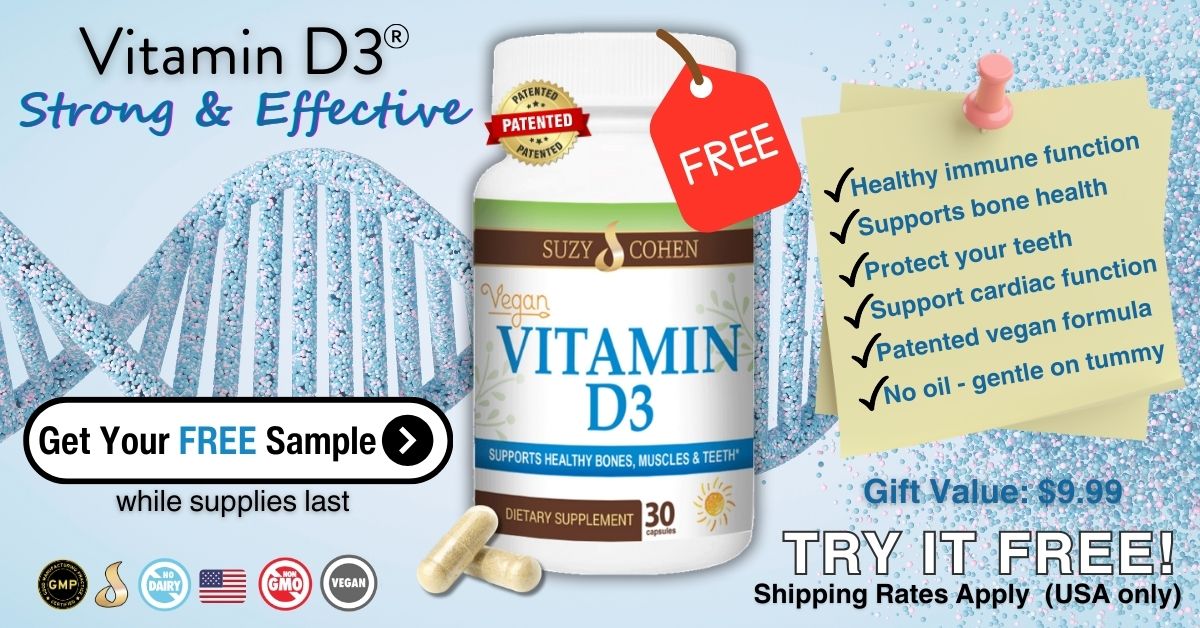What's On This Page?
ToggleToday’s article is about the safety of food colorings. Halloween, with its eerie decorations, fun costumes, and, of course, mouthwatering candies, is a time of amusement for many. However, lurking behind those vibrant, attractive colors of many popular sweet treats are synthetic FD&C dyes and food colorings.
For most, these dyes (and food colorings) are nothing more than a harmless coloring agent. But for people with sensitivities or asthma, they can be a hidden danger. You may not realize that all of the colors below are found in many vitamins, supplements, OTC, and prescription medications. Here’s what can happen:
Allergic Reactions to Food Colorings
Some individuals may experience allergic reactions to these dyes and food colorings. Symptoms can range from simple hives or itching to more severe reactions such as difficulty breathing.
Hyperactivity: Several studies suggest a possible link between synthetic food colorings and hyperactivity in children, especially in those already diagnosed with ADHD.
Carcinogenic Potential: Some research indicates a capacity for certain synthetic dyes to act as carcinogens, although this link is still being researched.

You can see why it’s crucial to be informed and limit the intake of items with food colorings. Here are three commonly used synthetic FD&C dyes and the foods and candies you might find them in:
1. FD&C Red No. 40 (Allura Red AC)
This synthetic food coloring is the most common of all artificial food colorings, this may be associated with hyperactivity in children depending on what study you read. Also, some people experience allergic reactions like itchiness or hives.
The red dye is found in fruit snacks, jellies, gelatin, cereal, soda pop, and candy (ie licorice and gummies). The alternative to FD&C Red No. 40 is actually kind of gross. It’s a pink dye derived from crushed-up beetles (called carmine and disguised by other more palatable terms) and it’s in your food!
2. FD&C Yellow No. 5 (Tartrazine)
Yellow artificial food colorings can cause allergic reactions in sensitive individuals, with symptoms including itching, hives, and even asthmatic attacks. Luckily, that last one is rare! It has been associated with hyperactivity and behavioral issues in children in some studies. This yellow dye is commonly found in gummies, some marshmallows, gelatin, pudding, soda pop, chips, marzipan, mustard, and even nacho chips!
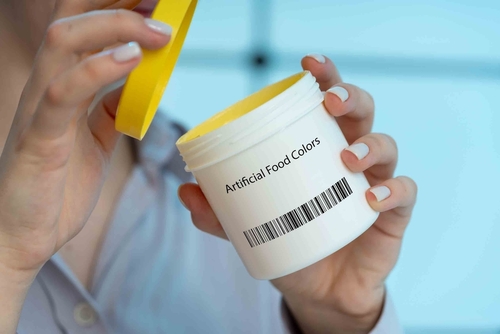
3. FD&C Blue No. 1 (Brilliant Blue)
While less common, some allergic reactions to blue artificial food colorings have been reported. People might get symptoms such as skin rashes. There’s more information HERE.
There’s some controversy over its safety profile, with studies being inconclusive about its effect on health. But again, if you’re a sensitive person or have “Multiple Chemical Sensitivities” then you should be aware of this dye. It’s common in lollipops, cotton candy, especially those with ‘blue raspberry’ flavoring, packet soups, cereal, popsicles, and soft drinks.
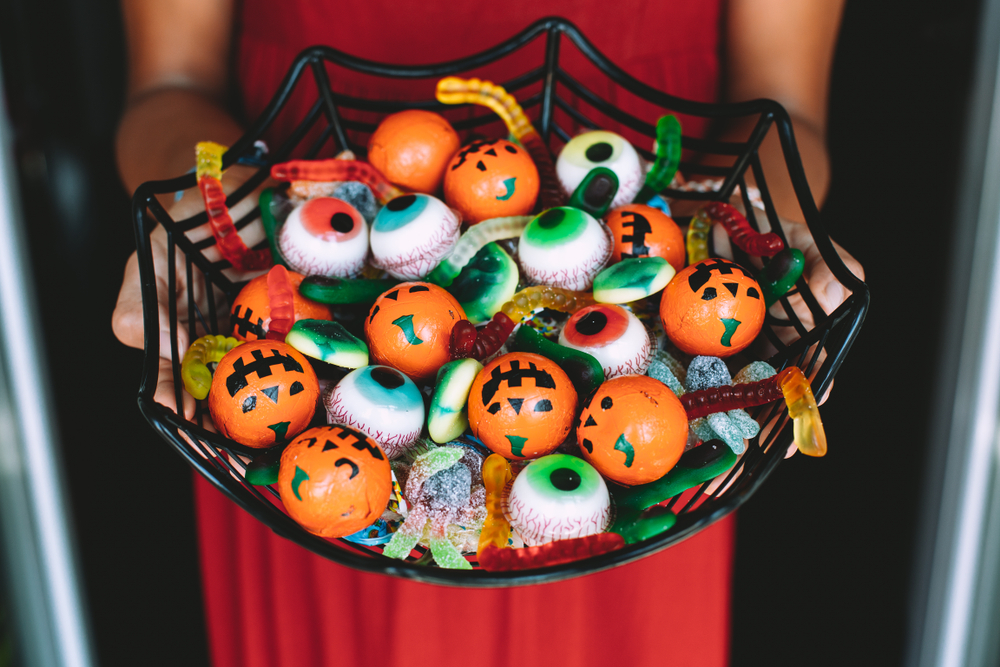
These food colorings are not just in candies collected at Halloween, but also in various everyday foods like chips, soup cubes, condiments and sausages.
Speaking of condiments, you can take a few minutes to read my other article, Your Favorite Condiments Might Make You Sick.
What Are You Drinking?
Food coloring is frequently employed in the beverage industry to enhance the visual appeal of a wide range of drinks, especially fizzy drinks. Whether it’s adding a brilliant red hue to fruit punches, creating vibrant green shades in minty cocktails, or achieving a deep, dark brown in cola beverages, synthetic food coloring makes these drinks more appealing.
Forget soda pop, the alcoholic beverage industry uses a ton of artificial food colorings. These vivid colors not only make drinks more appealing to consumers but also help distinguish various flavors and types of drinks. That’s why Mountain Dew is bright yellow, and Coca-Cola has a rich brown color.
You know that before you even order them. This improves branding and allows consumers to quickly identify brands from their competitors. Food coloring can be found in electrolytes, sports drinks, and even your kid’s fruit juices. It doesn’t stop there, it’s in your makeup too!
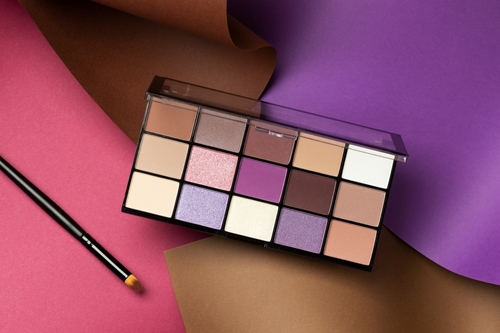
Synthetic Colorings in Your Cosmetics
I love to wear lip gloss or lipstick when I go out. Some of these have synthetic colors in them, and some have natural colors in them. Do you like your rosy-colored blush and blue eye shadow? How about your foundation?
All of these contain synthetic colorings, sometimes even the same ones used in food. Dyes of all sorts are utilized in cosmetics to add pigmentation, vibrancy, and a wide spectrum of shades to various beauty products. Whether it’s lipstick, eyeshadow, nail polish, or blush, these color additives help create a stunning array of hues to suit different skin tones and preferences.
That’s the part we love. But the part we hate is that some of them (luckily not all) are toxic. You should be aware of this.
Cosmetic manufacturers carefully select and blend food-grade dyes to achieve the desired colors, and these colorants are rigorously tested to ensure safety and skin compatibility. These vibrant shades allow us to express our own style.
It’s important to note that in the interest of safety, cosmetics should be used according to guidelines and applied with care, especially around sensitive areas like the eyes and lips. If you have sensitivities, you should know that natural companies exist, and there are plenty of suppliers that do NOT use synthetic dyes, perfumes, or preservatives.
Parabens of course should be avoided! Here’s an ARTICLE I wrote about parabens. Just so you know, if you want high-quality skin care to keep your skin looking youthful, but without the additives, I make a clean line. They are collagen-boosting. As an example, my Radiant Creamy Cleanser does not even have an artificial white dye added to it… that’s why it’s in its natural peach-colored state. You can see my beauty products by CLICKING HERE.
Summary
It’s always a good idea to read labels carefully, especially if you or a loved one has a sensitivity.
Choosing natural or dye-free alternatives can be a safer option. Remember, it is not just about avoiding immediate adverse reactions but also thinking about the development of long-term health problems. Here’s another article you might be interested in, 4 Disgusting Tricks in Your Treats.
print

Suzy Cohen, has been a licensed pharmacist for over 30 years and believes the best approach to chronic illness is a combination of natural medicine and conventional. She founded her own dietary supplement company specializing in custom-formulas, some of which have patents. With a special focus on functional medicine, thyroid health and drug nutrient depletion, Suzy is the author of several related books including Thyroid Healthy, Drug Muggers, Diabetes Without Drugs, and a nationally syndicated column.
